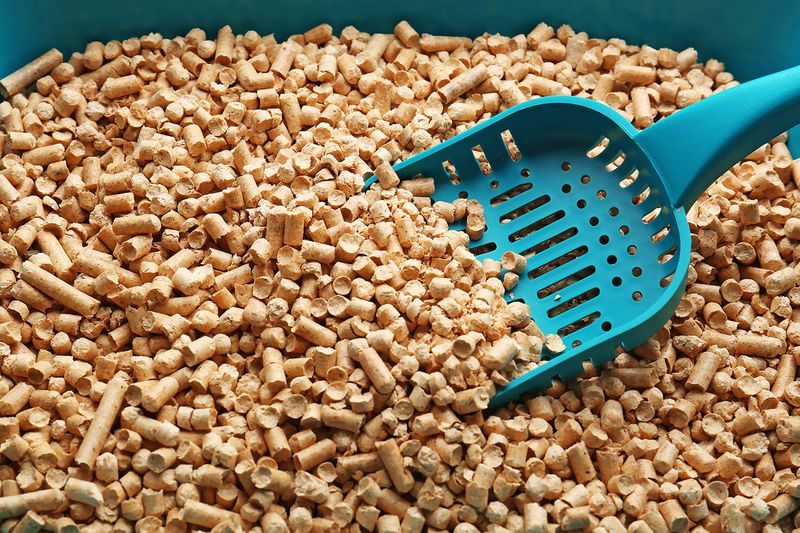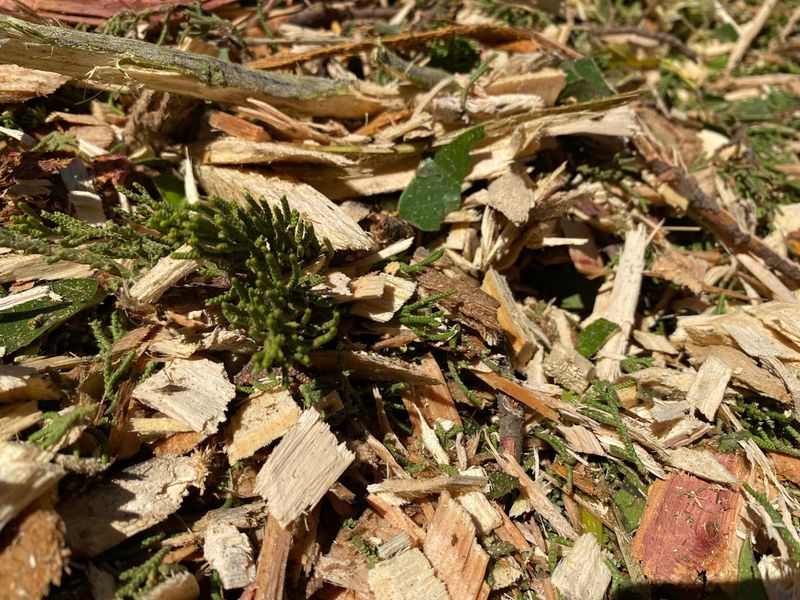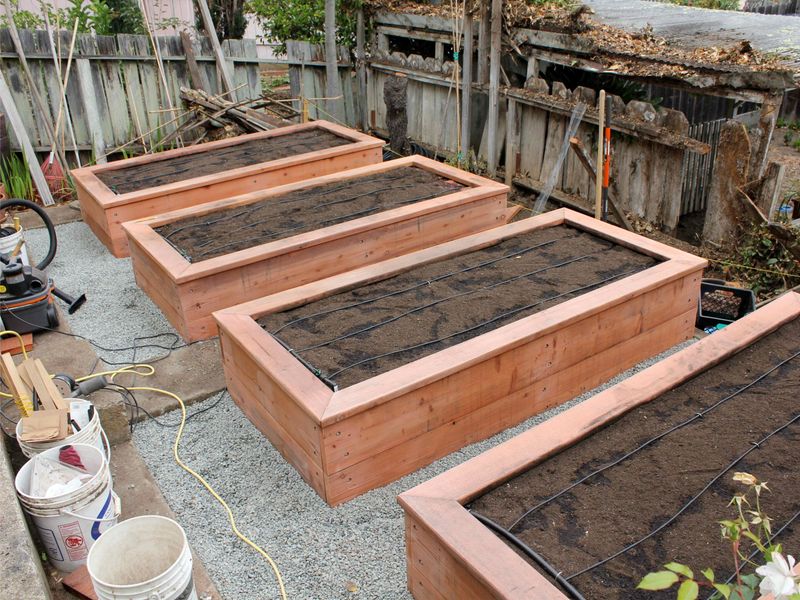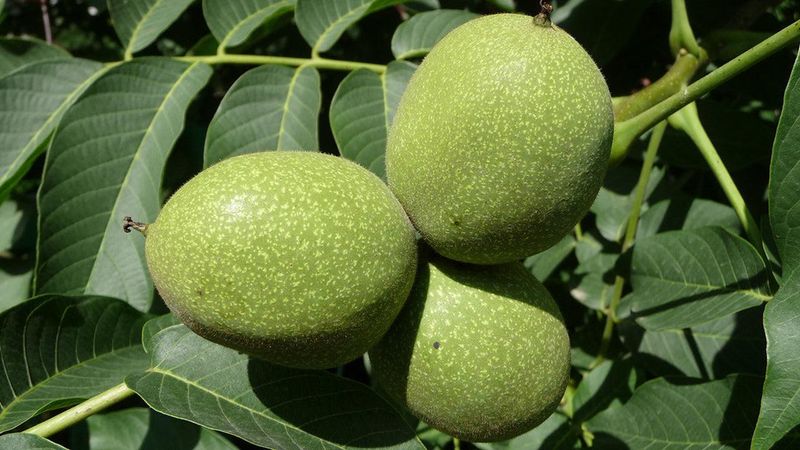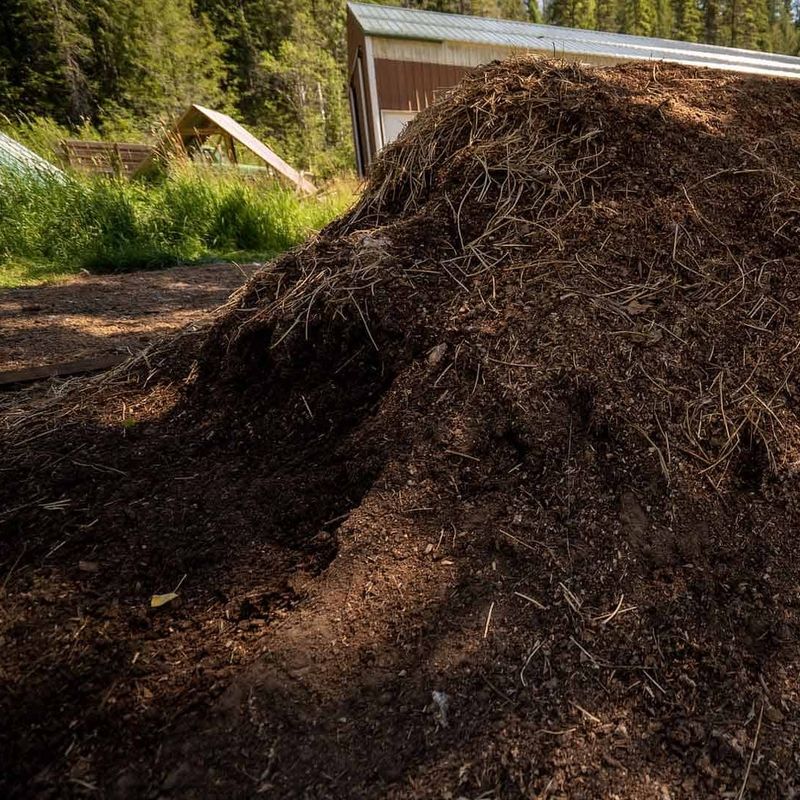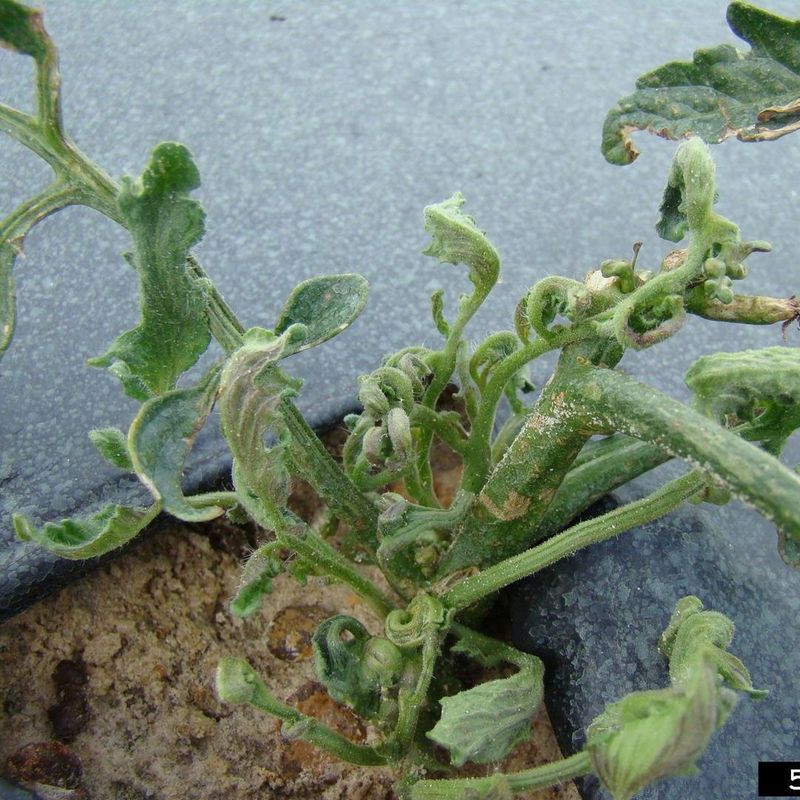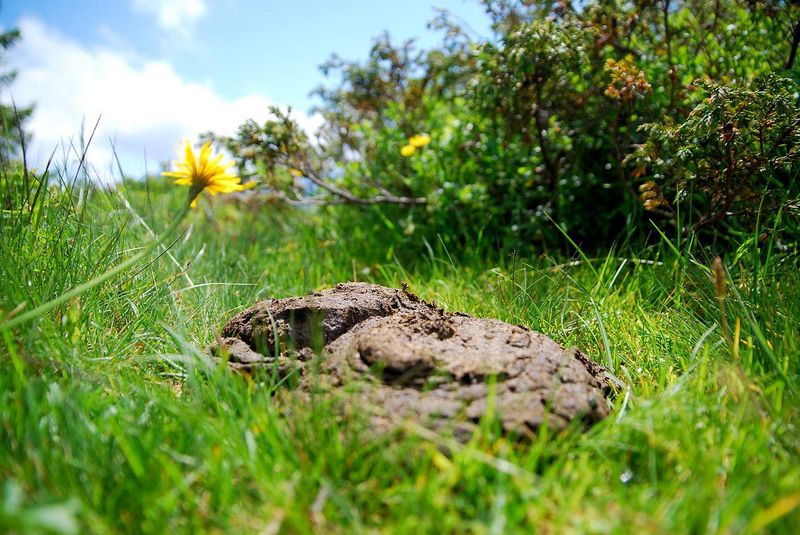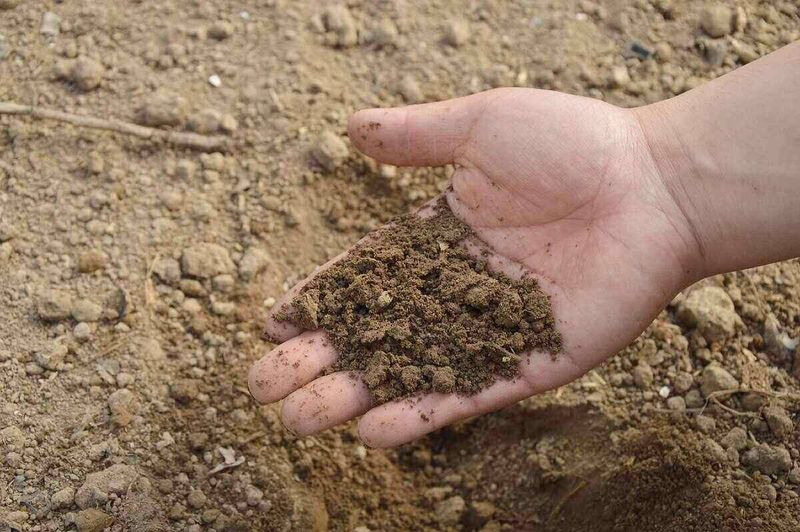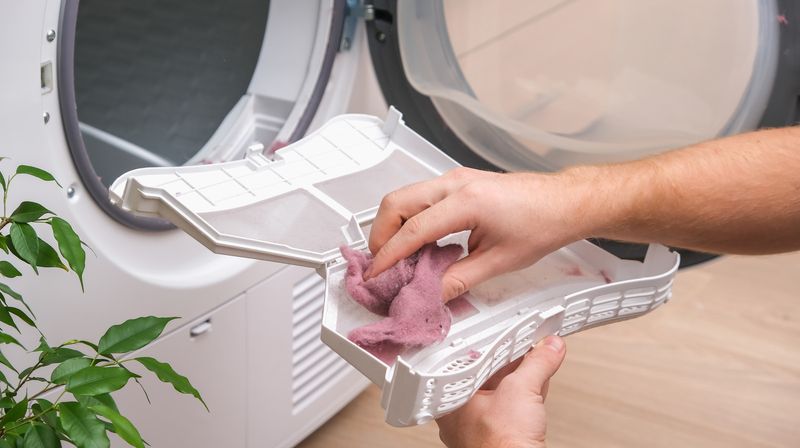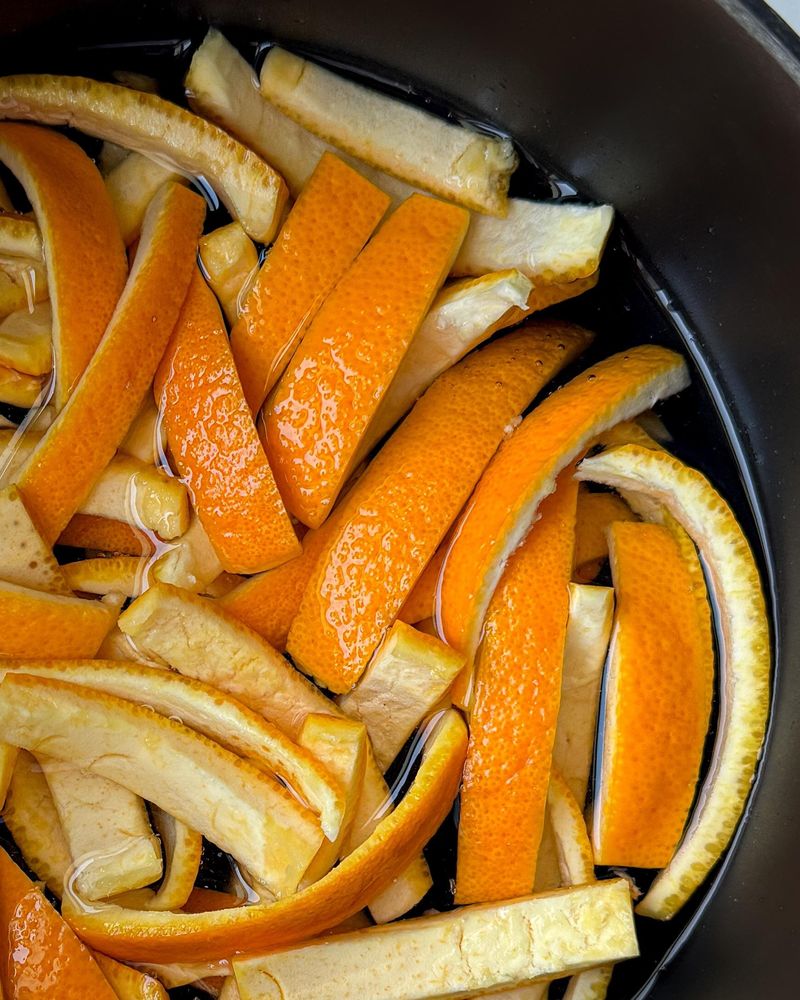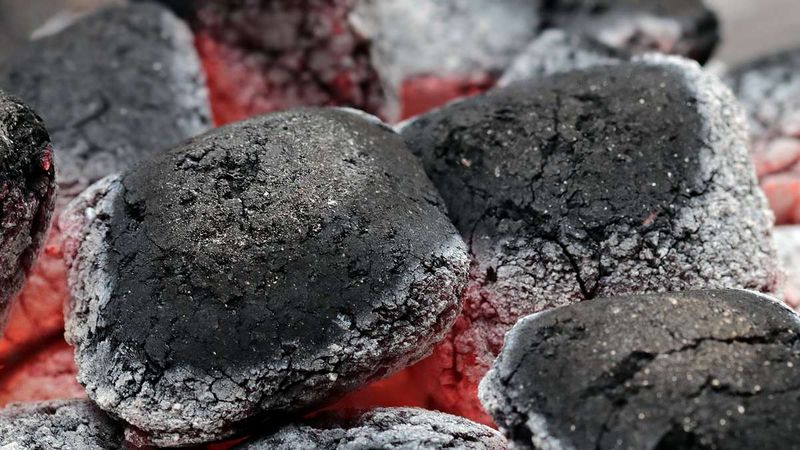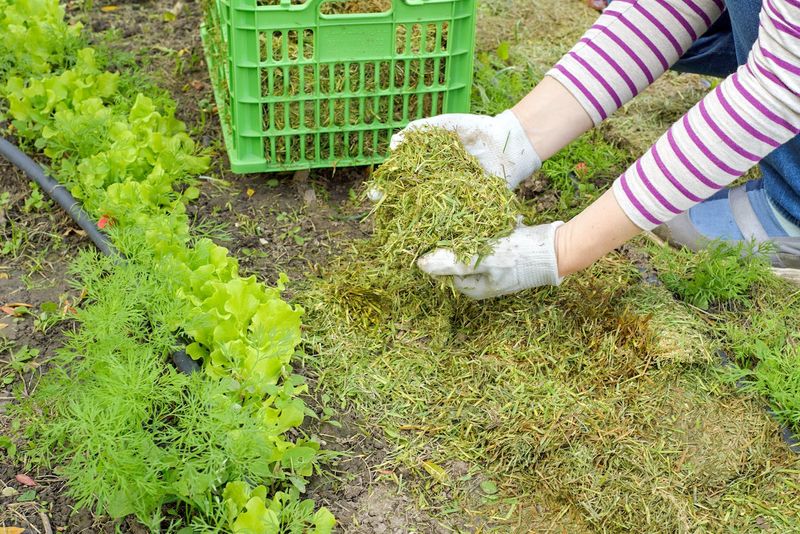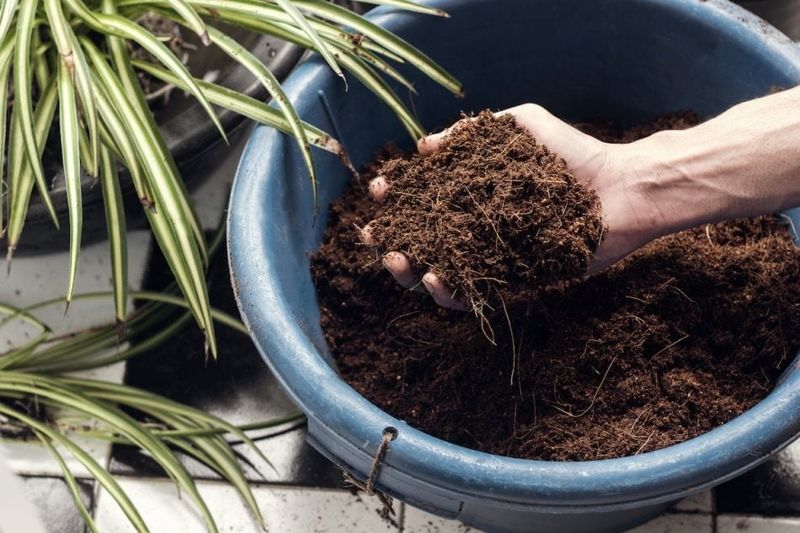Creating the perfect soil for your raised beds can make or break your garden’s success. While many gardening tips suggest adding various materials to improve soil quality, not everything belongs in your garden beds. Some common ingredients can actually harm your plants, contaminate your soil, or create unsafe conditions for growing food. Let’s explore what to avoid and what to use instead for thriving plants.
1. Cat Litter (Clay-Based)
Clay-based cat litter contains sodium bentonite that expands when wet, creating dense, cement-like clumps in your soil. This prevents proper drainage and root growth, eventually suffocating your plants.
Pet waste can also harbor parasites and bacteria harmful to humans. Instead, try coconut coir as a soil amendment. It’s renewable, retains moisture beautifully, and improves soil structure without the risks.
2. Fresh Wood Chips
Freshly shredded wood chips rob your garden of nitrogen as they decompose. Plants suddenly surrounded by fresh wood mulch often turn yellow and struggle to grow because the decomposition process steals the nitrogen they need.
Allow wood chips to age for 6-12 months before adding them to your garden beds. Alternatively, composted leaves make an excellent, nutrient-rich mulch that breaks down quickly and feeds your soil without depleting nitrogen.
3. Pressure-Treated Lumber
Modern pressure-treated wood contains copper-based preservatives that can leach into your soil. While less toxic than the arsenic compounds once used, these chemicals still pose risks to beneficial soil organisms and may accumulate in edible plants.
Choose cedar, redwood, or untreated hardwoods for bed construction instead. These naturally rot-resistant woods provide safe boundaries for your garden without introducing harmful chemicals to your growing environment.
4. Walnut Tree Materials
Walnut trees produce juglone, a natural toxin that prevents many plants from growing. This chemical warfare, called allelopathy, can persist in leaves, branches, and even wood chips from walnut trees for years.
Many garden favorites like tomatoes, peppers, and eggplants will wither and die when exposed to juglone. Keep walnut materials far from your garden and use maple, oak, or fruit tree leaves instead for safe, nutritious mulch alternatives.
5. Meat or Dairy Products
Tossing leftover meat or dairy into your garden creates a smelly invitation for unwanted visitors. Raccoons, rats, and neighborhood pets will dig up your carefully planted beds hunting for these protein-rich snacks.
Beyond attracting pests, meat products can introduce harmful bacteria to your soil. Focus instead on plant-based kitchen scraps like vegetable peels, coffee grounds, and fruit rinds that break down cleanly and add valuable nutrients without the risk.
6. Diseased Plant Material
Adding diseased plant material to your garden beds creates a continuous cycle of plant problems. Fungal spores, bacterial infections, and viral diseases survive in soil and plant debris, waiting to infect your next crop.
Break the disease cycle by disposing of sick plants in municipal waste rather than your garden. For healthy organic matter, turn to purchased compost or homemade compost that’s properly heated to kill pathogens, ensuring your garden starts with a clean slate.
7. Synthetic Fertilizers
Quick-release synthetic fertilizers create feast-or-famine conditions in your soil. Plants receive a sudden flood of nutrients they can’t fully use, while excess chemicals run off into waterways or burn delicate root systems.
Over time, synthetic fertilizers damage soil biology and create dependency. Switch to slow-release organic options like compost, worm castings, or fish emulsion that feed plants steadily while building soil health rather than degrading it.
8. Uncured Manure
Fresh animal manure contains high ammonia levels that can burn plant roots and potentially harbor dangerous bacteria like E. coli. The strong smell also attracts flies and other pests to your garden space.
Always use fully composted manure that’s aged at least six months before adding it to food gardens. For quicker options, plant-based amendments like alfalfa meal provide similar nutrients without the safety concerns of raw manure.
9. Sand (Improper Types)
Adding the wrong kind of sand to clay soil creates a concrete-like mixture that’s worse than what you started with. Fine sand particles fill the spaces between clay particles, creating an impenetrable growing medium that roots struggle to penetrate.
If you must use sand, choose only coarse builder’s sand. Better alternatives include expanded shale or perlite that create permanent soil structure improvements without the risk of cementing your soil solid.
10. Dryer Lint
Popular recycling advice often suggests adding dryer lint to gardens, but this seemingly harmless fluff harbors synthetic fibers, laundry chemicals, and microplastics. These materials don’t break down and can introduce harmful substances into your food-growing environment.
Instead of lint, use shredded paper or cardboard as brown material for your compost. These cellulose-based materials break down cleanly while providing the carbon component needed for proper composting without introducing synthetic contaminants.
11. Citrus Peels (In Excess)
Dumping large quantities of citrus peels into your garden creates acidic hot spots that can harm your plants. The oils in citrus rinds also break down slowly and can inhibit beneficial microorganisms your soil needs to stay healthy.
Use citrus sparingly in compost, making sure it’s thoroughly broken down before adding to beds. For acid-loving plants like blueberries, coffee grounds provide a more balanced pH adjustment without the antimicrobial properties that can disrupt soil biology.
12. Construction Materials
Repurposed construction debris like treated plywood, painted wood, or old drywall can contain lead paint, formaldehyde, and other chemicals that contaminate your soil for years. These toxins can be absorbed by your plants and end up in your harvested produce.
Stick to natural, untreated materials for garden projects. If you need to improve drainage, use purchased gravel or clean crushed stone rather than construction waste that might contain harmful residues.
13. Ashes from Charcoal Briquettes
Store-bought charcoal briquettes contain additives and binding agents that don’t belong in your garden. The ashes from these products can introduce chemicals that damage soil biology and plant health.
If you want to add wood ash, use only clean hardwood ash from untreated firewood, and apply sparingly. Wood ash raises soil pH quickly, so test your soil first. For a safer mineral supplement, crushed eggshells provide calcium without dramatically altering soil chemistry.
14. Lawn Chemicals and Clippings
Grass clippings from chemically treated lawns carry herbicide and pesticide residues that can damage or kill your garden plants. Some lawn chemicals persist for months, affecting sensitive vegetables long after application.
Wait at least three months after chemical treatments before using grass clippings in your garden. Better yet, switch to organic lawn care or source mulch materials from untreated areas to ensure your raised beds remain chemical-free safe spaces for growing food.
15. Excessive Peat Moss
Peat moss comes from fragile bog ecosystems that take thousands of years to form. Harvesting destroys these carbon-sequestering habitats faster than they can regenerate, making peat an unsustainable garden amendment despite its popularity.
Coconut coir offers similar water-retention benefits but comes from renewable coconut husks. Leaf mold (partially decomposed leaves) also works wonderfully for moisture retention while recycling a material many gardeners have in abundance each fall.


